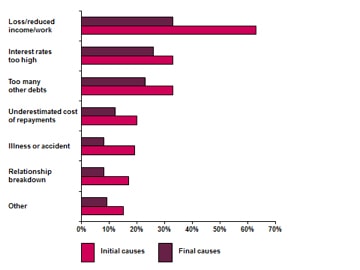Welcome to the next in a series of videos featuring Integrity One staff members sharing stories of day to day experiences which may be of interest to you.
Today we hear from Integrity One Founder and Managing Director Darryn Borg who recounts a recent experience with clients concerned about the impact of downsizing his home home and impact on their aged pension
To speak to Darryn or another Integrity One staff member regard this or any other financial financial planning or accounting matter please call on –
Phone: (03) 9723 0522
Suite 2, 1 Railway Crescent
Croydon, Victoria 3136
Email: integrityone@iplan.com.au
This information is of a general nature and does not take into consideration anyone’s individual circumstances or objectives. Financial Planning activities only are provided by Integrity One Planning Services Pty Ltd as a Corporate Authorised Representative No. 315000 of Integrity Financial Planners Pty Ltd ABN 71 069 537 855 AFSL 225051. Integrity One Planning Services Pty Ltd and Integrity One Accounting and Business Advisory Services Pty Ltd are not liable for any financial loss resulting from decisions made based on this information. Please consult your adviser before making decisions using this information.






